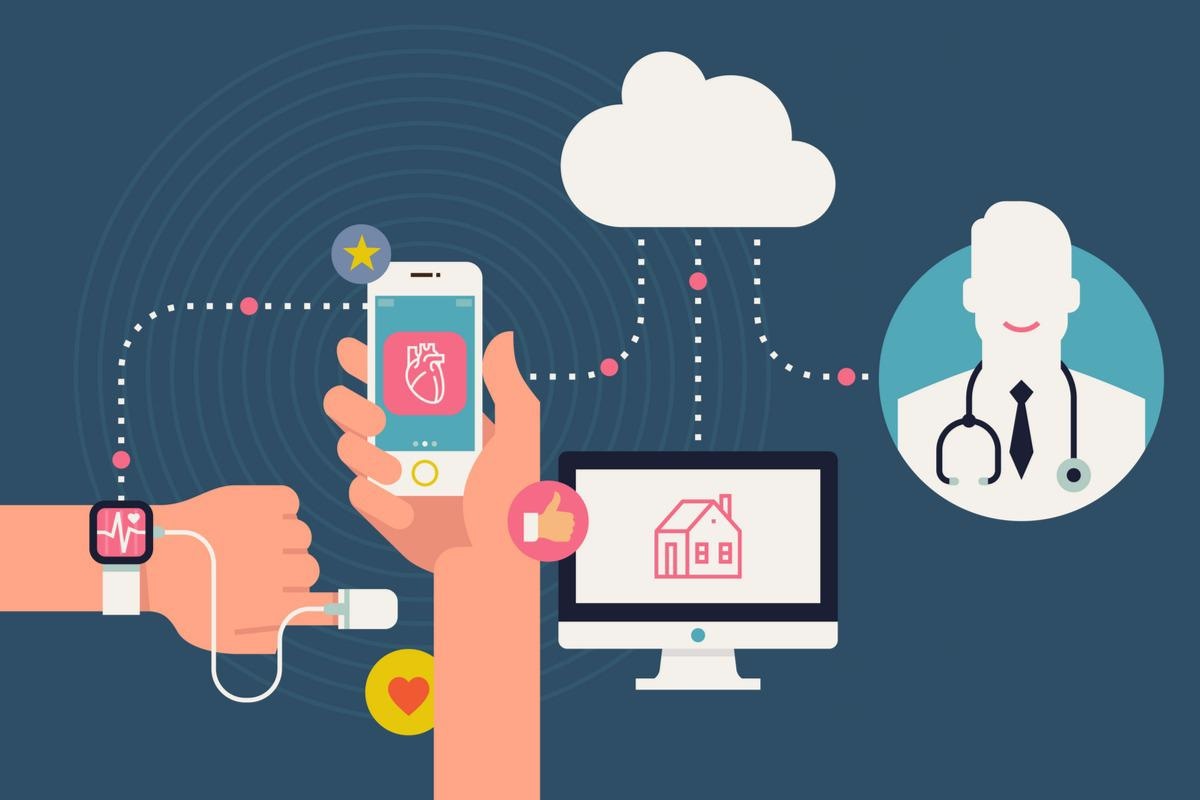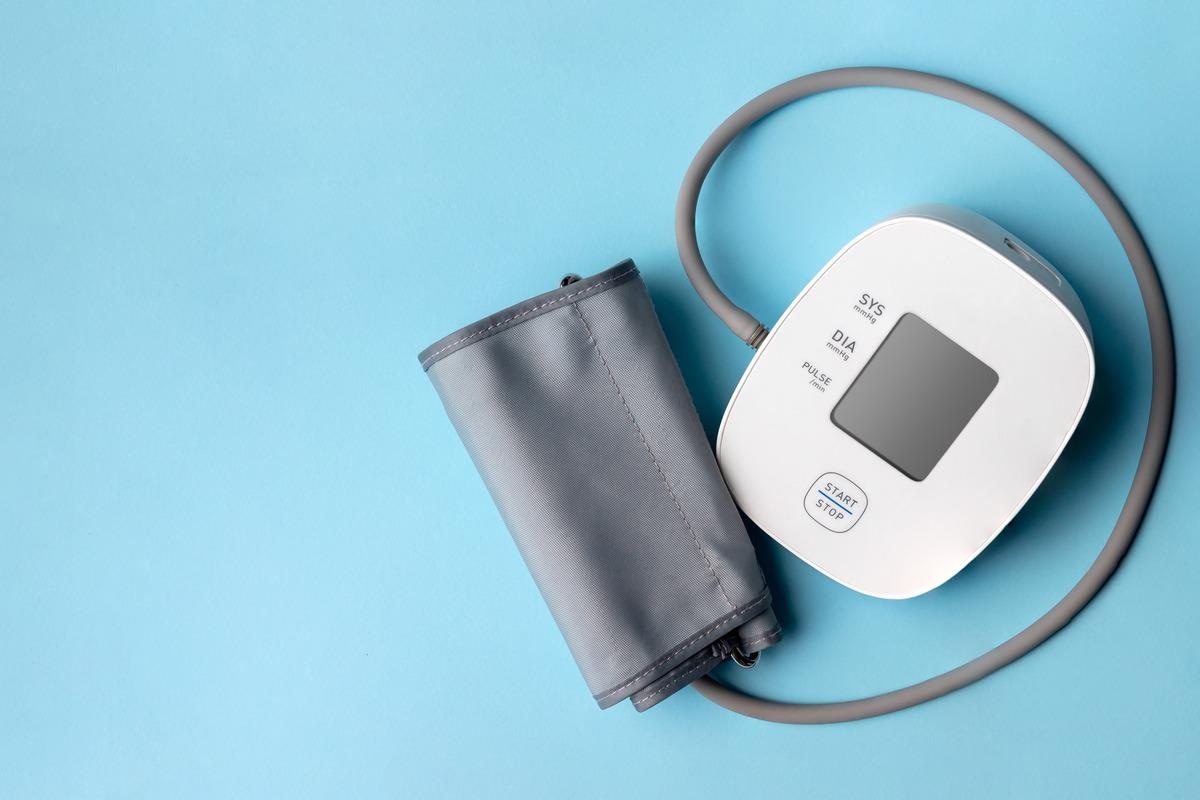Introduction
The broad definition of medical devices
The WHO response to medical devices across the world
Categories and classification of medical devices: UK case study
References
Further Reading
A medical device is any appliance, apparatus, software, material, or other articles, which may be used in isolation or combination (as defined by the manufacturer) by individuals for a medical purpose. Several articles fall under the definition of medical device and range from walking sticks to contact lenses to breast implants.

Image Credit: Mascha Tace/Shutterstock.com
Medical devices are also inclusive of in vitro diagnostic devices. These medical devices are used to test samples, such as tissue, bodily fluids, and blood, taken from the body; for example, blood glucose, lateral flow, and pregnancy tests. Medical devices also include implantable medical devices, such as cardiac pacemakers; these medical devices are typically implanted and may or may not require external sources of power and operation.
The broad definition of medical devices
A medical device is considered any apparatus that does not exert its action through chemical means and is used in diagnosis, mitigation, therapy, or prevention of disease.
Medical devices encompass a broad range of complexity and include devices that range from highly sophisticated computerized medical equipment to two tongue depressors. The World Health Organisation (WHO) similarly defines medical devices as equipment whose intended primary mode of action is not immunological, metabolic, or pharmacological in nature.
Several international classification systems are used for medical devices. The WHO is currently working to achieve harmonization in medical device nomenclature, which is thought to impact patient safety significantly. This is particularly important in identifying any adverse incident reports and recalls.
The Global Harmonization Task Force (GHTF) has proposed several harmonized definitions for medical devices. Medical devices, according to the WHO, may be used for one or more of the following specific purposes:
- Diagnosis, prevention, monitoring, treatment, or amelioration of disease
- Diagnosis, prevention, monitoring, treatment, or alleviation of, or compensation for, an injury
- Investigation, modification, replacement, or support of any anatomical site or a physiological process
- Support and sustenance of life
- Conception control
- Medical device disinfection
- Provision of information for medical purposes as a consequence of in vitro examination of specimens taken from sites of the human body and which do not achieve their intended action in or on the human body by immunological, pharmacological, or metabolic action (but may be assisted in its function by these systems).

Image Credit: Bykfa/Shutterstock.com
The World Health Organisation does not consider an accessory a medical device. However, in some instances, a manufacturer may intend an accessory to be used with a parent medical device to facilitate the achievement of the medical device's intended purpose; in this context, it is subject to the same procedures off assessment as outlined by the GHTF.
The WHO response to medical devices across the world
The World Health Organisation states that any strategies, policies, and action plans related to health technologies, particularly medical devices, are required in any National Health plan. This is necessary to ensure that medical devices are safe, high quality, and effective in their ability to prevent, diagnose, and treat diseases, injuries, and complications and assist patients in rehabilitation.
The WHO “Global Model Regulatory Framework for Medical Devices including in vitro diagnostic medical devices” was developed to support member states in developing and implementing regulatory controls and regional guidelines for good manufacturing to ensure robust safety, quality, and efficacy, of medical devices available in that countries.
Several systems exist to name and classify medical devices across the world. Each system is used by different groups of professionals, and the adoption of these systems of nomenclature depends on the needs of the group. These needs include procurement and supply, regulatory approval, inventories and maintenance, and custom operations, among several others. Many systems exist in countries and organizations that are not compatible with others.
The World Health Organisation conducted surveys from 2010 to 2017 that asked about nomenclature systems in place. Among the 174 countries that responded, 52% of member states used at least one official nomenclature system for medical devices. The remainder could not name any official national nomenclature.
The GHTF, founded in 1993, exists to encourage convergence in standards and regulatory practices related to the safety, quality, and performance of medical devices. The GHTF also intends to encourage technological innovation and aid in international trade. The GHTF achieves these goals through the publication and dissemination of guidance documents that inform member states of basic regulatory practices.
Categories and classification of medical devices: UK case study
In the United Kingdom, medical devices have both a category and classification. In total, there are five categories of devices, which are determined according to their use:
- Non-invasive devices are not placed inside the body. Examples include walking sticks, artificial kidneys, and wheelchairs
- Invasive: these devices are inserted into orifices both in and on the body. Examples include contact lenses, examination gloves, enemas, and enemas
- Surgically invasive: these devices are either used during surgery or inserted. Examples include scalpels, catheters, and needles
- Active: devices that require an external source of power. Examples include ultrasound, x-ray equipment, and transcutaneous electrical nerve stimulation (TENS)
- Implantable: these devices are implanted in the body. Examples include orthopedic implants, intraocular lenses, and breast implants
In the United Kingdom, the four classes of General Medical devices reflect the inherent risk of a device. To categorize medical devices according to risk, the risk assessment considers but is not limited to consideration of its intended length of use, composition, and whether it is categorized as implanted or active.
- Class 1: examples include spectacles, stethoscopes, wheelchairs, and tongue depressors
- Class IIa: these include dental fillings, tracheotomy tubes, and surgical clamps
- Class IIb: examples include condoms, bone fixation plates, and lung ventilators
- Class III: examples include pacemakers, implanted cerebral stimulators, and heart valves
Overall, the WHO has several priorities it considers to be on its international agenda. The WHO cites a need to establish a uniform format for different countries to certify that medical devices produced and exported comply with domestic regulatory requirements.
 How Could Sharks Lead to New Medical Devices?
How Could Sharks Lead to New Medical Devices?This is important to minimize the risk of the production and use of substandard medical devices which are ineffective and unsafe. The WHO also cites the need for post-market surveillance and vigilance to ensure that medical devices continue to be safe and effective. With the worldwide increase in the use of medical devices, the WHO suggests that post-market surveillance and vigilance data will be instrumental in enhancing medical device safety.
References
- World Health Organization. MEDICAL DEVICE REGULATIONS: Global overview and guiding principles. Available at: https://www.who.int/medical_devices/publications/en/MD_Regulations.pdf. Accessed January 2022.
- Department of Health & Social Care Policy pape. Factsheet: medical devices overview. Available at: https://www.gov.uk/government/publications/medicines-and-medical-devices-bill-overarching-documents/factsheet-medical-devices-overview#what-a-medical-device-is. Accessed January 2022.
Further Reading
- All Medical Devices Content
- How Could Sharks lead to New Medical Devices?
Last Updated: May 31, 2022

Written by
Hidaya Aliouche
Hidaya is a science communications enthusiast who has recently graduated and is embarking on a career in the science and medical copywriting. She has a B.Sc. in Biochemistry from The University of Manchester. She is passionate about writing and is particularly interested in microbiology, immunology, and biochemistry.
Source: Read Full Article
